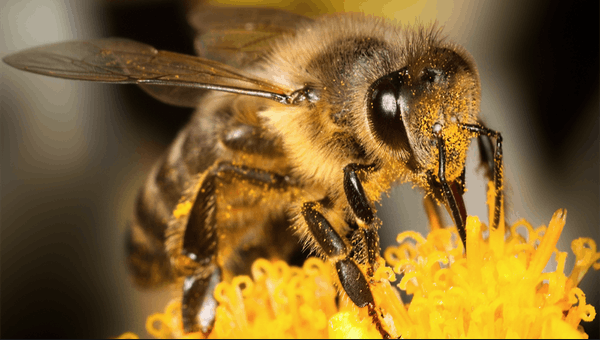Our loved bumblebee has now formally been listed to the register of endangered species together with the grizzly bear, northern spotted owl, and gray wolf.
According to National Geographic:
“The rusty-patched bumblebee (Bombus affinis), once a common sight, is “now balancing precariously on the brink of extinction,” according to the U.S. Fish and Wildlife Service.
Once thriving in 28 states and the District of Columbia, but over the past two decades, the bee’s population has plummeted nearly 90 percent.
There are more than 3,000 bee species in the United States, and about 40 belong to the genus Bombus—the bumblebees.
Advocates for the rusty-patched bumblebee’s listing are abuzz with relief, but it may be the first skirmish in a gruelling conflict over the fate of the Endangered Species Act under the Trump administration.”
“There are a few little spots where we know they are. But only a really few spots,” a research entomologist James Stranger said.
Scientifically the bumblebee is called Bombus affinis, named after the red patch on Bee’s abdomen. The original date for listing the bumblebee as an endangered species was assigned for February 2018, but it was not until recently that that actually happened.
According to a 2018 research conducted by the Center for Biological Diversity , under the title ‘pollinators in peril,’ an astounding 347 species of bees native to North America and Hawai are quickly spiraling towards extinction.
According to Xerces Society director of endangered species Sarah Jepsen:
“We are thrilled to see one of North America’s most endangered species receive the protection it needs.
Now that the Fish and Wildlife Service has listed the rusty-patched bumble bee as endangered, it stands a chance of surviving the many threats it faces — from the use of neonicotinoid pesticides to diseases.”
According to the U.S. Fish and Wildlife Service:
“Bumblebees are among the most important pollinators of crops such as blueberries, cranberries, and clover, and almost the only insect pollinators of tomatoes.
The economic value of pollination services provided by native insects (mostly bees) is estimated at $3 billion per year in the United States.”
Human encroachment is listed as one of the prime contributing factors in the bumblebee decline which eventually led to the loss of their natural habitat.
Rich Hatfield, a Xerces Society, a senior conservation biologist, says:
“While this listing clearly supports the rusty patched bumble bee, the entire suite of pollinators that share its habitat, and which are so critical to natural ecosystems and agriculture, will also benefit.
This is a positive step towards the conservation of this species, and we now have to roll up our sleeves to begin the actual on-the-ground conservation that will help it move toward recovery.”
America’s rich flora is solely dependent on pollinators like the bumblebee. Due to the decline in their population we have become more reliant on the use of toxic pesticides and herbicides.


[…] Variety of the plants and insects native to the land were able to find their way back “home” on their own. The Bison required little support. […]